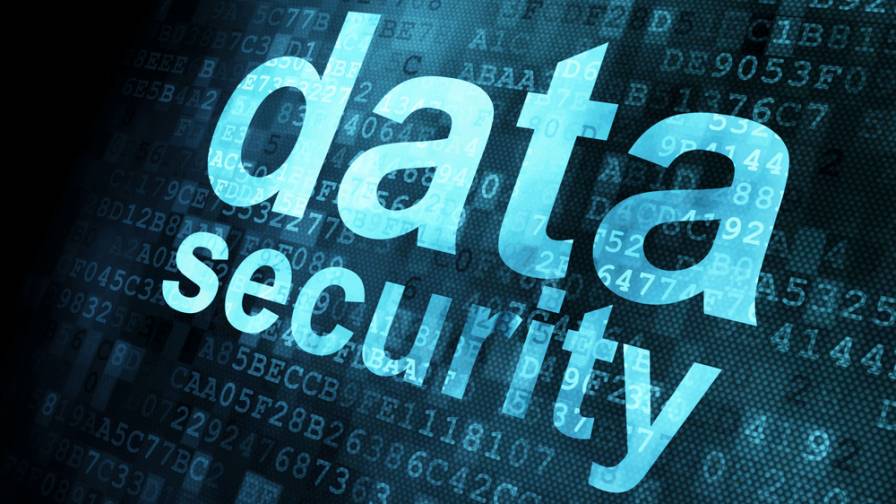How Blockchain Technology Can Create More Transparent and Traceable Food Supply Chains
 Editor’s note: The VISION Conference 2022 will feature expanded exploration of where innovation is rapidly driving change, including trends in high-value specialty crops, sustainability and carbon sequestration programs, and high-tech controlled environment production systems. One emerging topic on the agenda is blockchain. Below is an inside look at how blockchain offers up a host of unique capabilities that make it a perfect fit for supply chain management.
Editor’s note: The VISION Conference 2022 will feature expanded exploration of where innovation is rapidly driving change, including trends in high-value specialty crops, sustainability and carbon sequestration programs, and high-tech controlled environment production systems. One emerging topic on the agenda is blockchain. Below is an inside look at how blockchain offers up a host of unique capabilities that make it a perfect fit for supply chain management.
If you’re familiar with blockchain, chances are its due primarily to its role in cryptocurrency like Bitcoin. However, the same properties that make blockchain essential for secure cryptocurrency transactions actually make it useful in a myriad of other places — including product supply chains. In fact, if used efficiently blockchain can help food supply chains, which are notoriously complicated, become more transparent and traceable.
At a basic level blockchain acts as a ledger for recording transactions, but it has two properties that make it uniquely suited for the management of food supply chains. First, it’s decentralized, meaning that instead of one single ledger recording the transactions the ledger is distributed to multiple sources across a network. This means that anyone with the proper permissions can access the ledger and see changes in real time, despite where the changes are occurring.
Second, blockchain transactions can’t be hidden or altered in any way. Everything that is recorded in the ledger must have a consensus of the network to be approved and must be recorded in the same manner on each ledger. Therefore, deleting or editing an item will create a record of when it was deleted and by whom across the entire network.
This combination of a distributed approach and “always on” recordkeeping is exactly what supply chain managers need to help turn complexity into transparency. In this case, transparency means being able to identify an item in the supply chain and tell where it is, where it’s been, and where it’s going next.
A New Level of Visibility
Today’s supply chains have built-in blindspots that are rectified by blockchain’s unique characteristics. For example, blockchain’s distributed approach eliminates the lag between something happening in the supply chain and the system updating the status. Information about inventory and finances are all updated in real time, and anyone with the proper permissions can see exactly where things are. For the first time, there can be complete visibility into the transactions between retailers, suppliers, and banks.
This improves coordination and streamlines communications between parties, while blockchain’s inability to be tampered with improves trust. Suppliers, for example, can see when a retailer takes out a loan to restock a product. This lets them start preparing a shipment so they’re ready to move as soon as the client places the order, cutting down on delays and even helping to avoid shortages by prioritizing product placement.
Eliminate Errors and Prevent Costly Mistakes
All of this visibility makes blockchain an incredibly powerful way to combat execution errors and operational mistakes. Because blockchain’s distributed network reflects changes in real time, there’s no more delay between a mistake happening and an operations manager being alerted to it. They can adjust shipments, update schedules, and notify partners instantly, saving valuable time and money when an error is detected.
Of course, some problems are only detected after the fact, like an E. coli outbreak. This is currently a nightmare scenario for manufacturers, with widespread recalls being announced to protect consumers and products destroyed while the exact source of the outbreak is tracked down. However, with the added visibility provided by the transactional speed of blockchain, recalls can now be made with surgical precision. There’s no more guesswork that comes from aggregating and combing through disparate data; ops managers can rapidly trace the contaminated sample’s history all the way back to the farm that it came from, and track everything it came in contact with along the way.
Streamlining Complex Problems
Clearly, blockchain offers up a host of unique capabilities that make it a perfect fit for supply chain management. It offers the capability to record every transaction with absolute certainty, and it provides accurate, real-time tracking for every item in your entire supply inventory. Most importantly, it creates a level of trust and transparency that simply could not exist previously in supply chain management.
Blockchain may have come to the attention of the tech world for its role in cryptocurrency, but it’s since become a star in its own right. Supply chain management is just one of the use cases where blockchain is being recognized as a new and powerful solution. As total visibility and verifiable authenticity become increasingly valuable commodities in the modern world, blockchain will continue to grow in its role as a ledger of indisputable truth.










